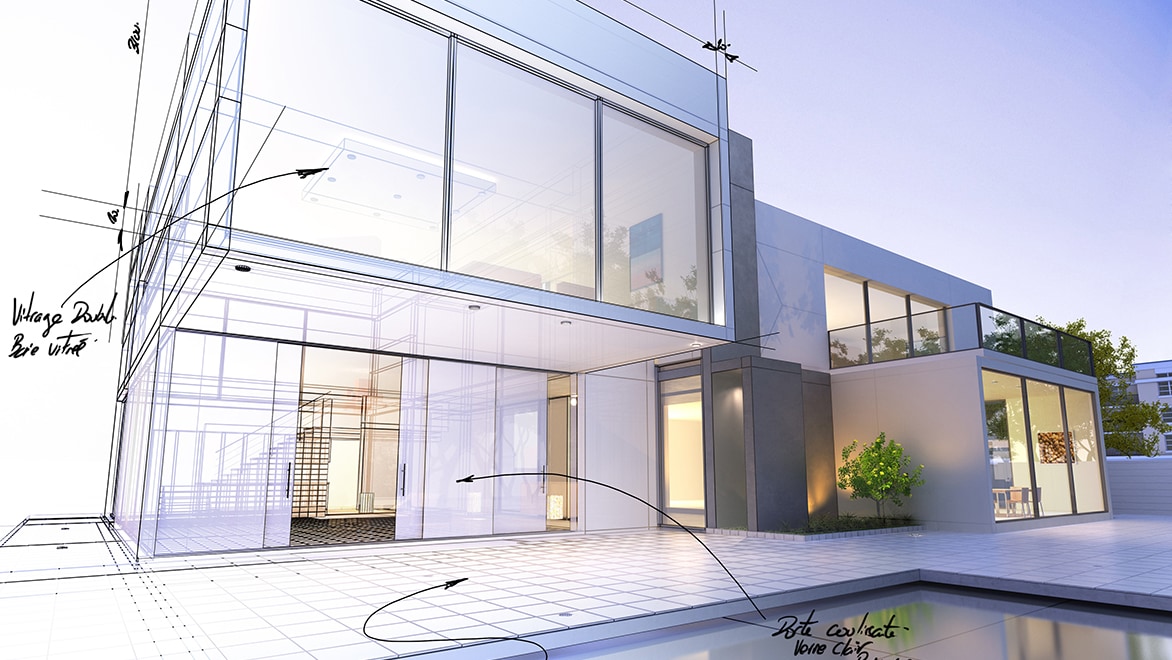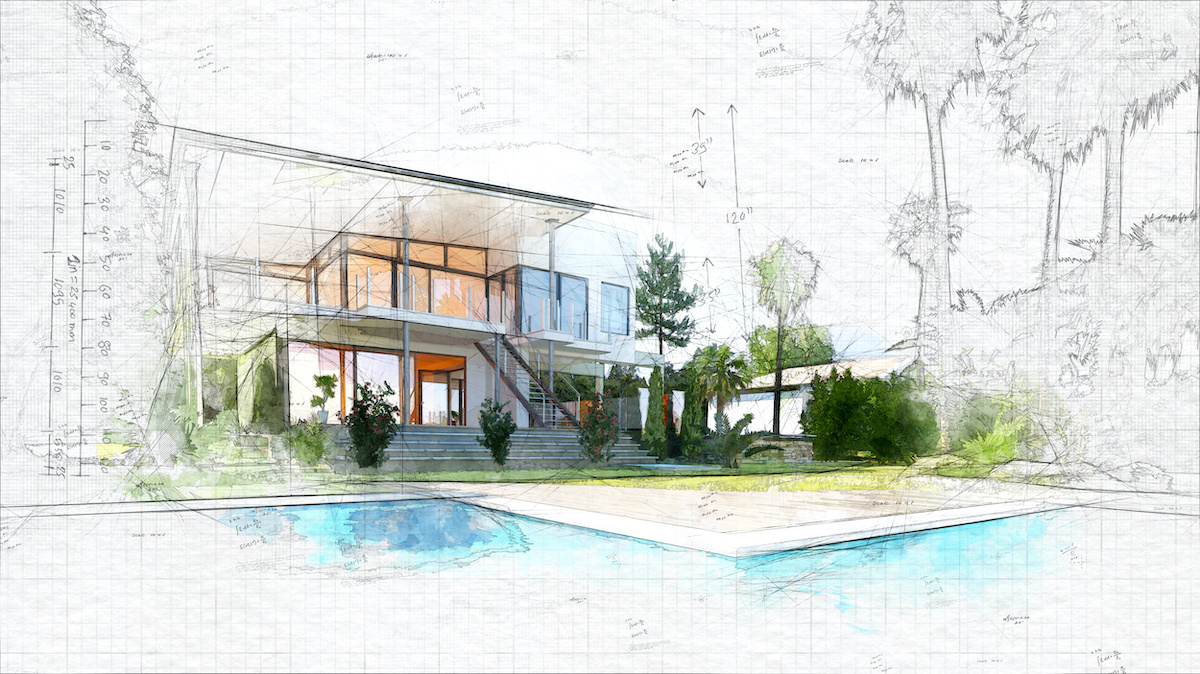Transforming Areas: The Vision of CDA Architects for Modern Living
Transforming Areas: The Vision of CDA Architects for Modern Living
Blog Article
A Detailed Review of Architectural Styles and Their Impact on Modern City Preparation and Growth
Architectural styles have long offered as a mirror to the social worths and technical innovations of their time, playing an essential duty in shaping contemporary city preparation and advancement. From the magnificence of Neoclassicism to the utilitarian approach of Brutalism, each design has actually introduced one-of-a-kind ideas that influence city aesthetic appeals and capability.

Historic Introduction of Building Designs
Throughout background, architectural designs have progressed in action to cultural, technical, and environmental factors. Each duration shows the dominating worths, ideas, and advancements of its time, bring about a rich tapestry of style that symbolizes human imagination and adjustment. The old worlds, such as the Egyptians and Greeks, established fundamental styles that stressed proportion and proportion, serving both useful and visual objectives.
As cultures transitioned with the Center Ages, Gothic architecture arised, characterized by its verticality and intricate outlining, mirroring the spiritual desires of the period. The Renaissance marked a rebirth of classical suitables, combining art and architecture in ingenious means that influenced succeeding styles throughout Europe.
The Industrial Revolution presented brand-new products and building techniques, prompting motions like Modernism, which tested standard kinds and welcomed simplicity and functionality. The 20th century saw a diversification of designs, with Postmodernism responding against the raw minimalism of its precursor, including historical references and diverse components.
Today, building styles proceed to advance, driven by globalization and sustainability issues, mirroring a vibrant interplay between heritage and innovation (cda architects). This historic review emphasizes the value of design as a mirror of societal evolution and as a stimulant for metropolitan advancement
Key Architectural Styles Explained
The diversity of architectural styles mirrors the myriad influences that form our built atmosphere, each symbolizing distinct characteristics and social significances. Key building designs consist of Timeless, Gothic, Baroque, Modernism, and Postmodernism, each standing for one-of-a-kind historic contexts and aesthetic approaches.
Classical style, rooted in ancient Greece and Rome, stresses balance, proportion, and making use of columns. In comparison, Gothic architecture, growing in the center Ages, is identified by sharp arches, ribbed vaults, and flying buttresses, creating a heavenly high quality in sanctuaries. Baroque style, arising in the 17th century, is noted by grandeur, intricate ornamentation, and a vibrant interplay of light and shadow.
Modernism, which got energy in the early 20th century, focuses on feature over kind, using brand-new products like steel and glass to create minimalist frameworks. Postmodernism, reacting versus the austerity of Innovation, welcomes eclecticism and historic referral, usually incorporating spirited aspects and irony.
Comprehending these designs supplies insight into the social narratives and technical developments of their respective eras, highlighting exactly how style serves not simply as a shelter, yet as a reflection of societal values and ambitions.
Effect On Urban Preparation
In shaping the development of cities, architectural styles dramatically influence urban preparation choices. The option of building design typically determines the aesthetic appeals, capability, and general character of city settings. cda architects. Innovation, with its emphasis on minimalism and capability, motivates open areas and the integration of modern technology, shaping city formats that focus on effectiveness and ease of access. Alternatively, typical styles may stress historical conservation, causing city layouts that maintain cultural heritage and advertise pedestrian-friendly atmospheres.
Additionally, architectural styles can influence zoning guidelines and land utilize plans. Urban planners have to take into consideration the prevailing architectural trends when developing areas, making certain that new advancements harmonize with existing frameworks. This consideration promotes natural metropolitan landscapes and improves community identification.
The implementation of specific architectural styles can additionally influence socioeconomic aspects within a city. For example, high-end modern styles might attract affluent homeowners and businesses, resulting in gentrification, while more cost effective read this real estate remedies could focus on useful and lasting layouts to accommodate diverse populations. Ultimately, the interaction between building styles and urban preparation produces vibrant cities that mirror both historic context and contemporary requirements, shaping the lived experiences of their residents.
Sustainability and Modern Design

Contemporary architectural motions, such as biophilic design and green design, supporter for frameworks that balance with their surroundings, making use of all-natural materials and advertising biodiversity. These styles typically include renewable resource resources, such as solar panels and wind turbines, to lower reliance on nonrenewable fuel sources and lower carbon footprints.
Furthermore, the assimilation of pop over here advanced modern technologies, such as clever structure systems, enhances power management, optimizing source use while making certain resident comfort. Ingenious water monitoring methods, consisting of rain harvesting and greywater recycling, additional contribute to sustainable city settings.
Notably, sustainability extends past environmental issues; it incorporates social and economic dimensions as well. By promoting area health and advertising inclusivity, contemporary building designs line up with sustainable growth goals. Subsequently, the development of building techniques continues to shape durable cities that not only fulfill the demands of the existing yet likewise guard the future for generations ahead.
Community Involvement in Style
Neighborhood engagement in design functions as a critical bridge between architects and the populations they offer, making certain that the developed atmosphere shows the demands and ambitions of its individuals. This click for more info collaborative procedure welcomes area participants to add their insights and preferences, promoting a sense of possession and obligation toward the rooms they live in.
Effective neighborhood interaction uses different approaches, such as workshops, studies, and public online forums, to collect varied point of views. These strategies help with a two-way discussion, allowing architects to understand regional contexts while empowering citizens to articulate their concerns and needs. This inclusivity not just boosts the design quality but likewise advertises social equity by dealing with the special obstacles dealt with by marginalized teams.
Furthermore, community interaction can cause ingenious remedies that may not emerge in a traditional style process. By incorporating regional knowledge and social values, engineers can develop spaces that resonate even more deeply with customers, improving usability and sustainability. Inevitably, focusing on community engagement in style procedures causes atmospheres that nurture social interactions, assistance wellness, and strengthen neighborhood ties, thus playing a critical role fit modern city landscapes.
Verdict
Building styles have actually greatly influenced modern-day city planning and advancement, reflecting developing social and technical contexts. The integration of historic appearances with modern demands fosters city atmospheres that prioritize sustainability and area interaction. As cities remain to grow and adjust, the continuous discussion in between building heritage and modern design principles will continue to be crucial in creating comprehensive, dynamic areas that boost lifestyle and promote social equity. The future of metropolitan growth hinges on this harmonious balance.
Report this page